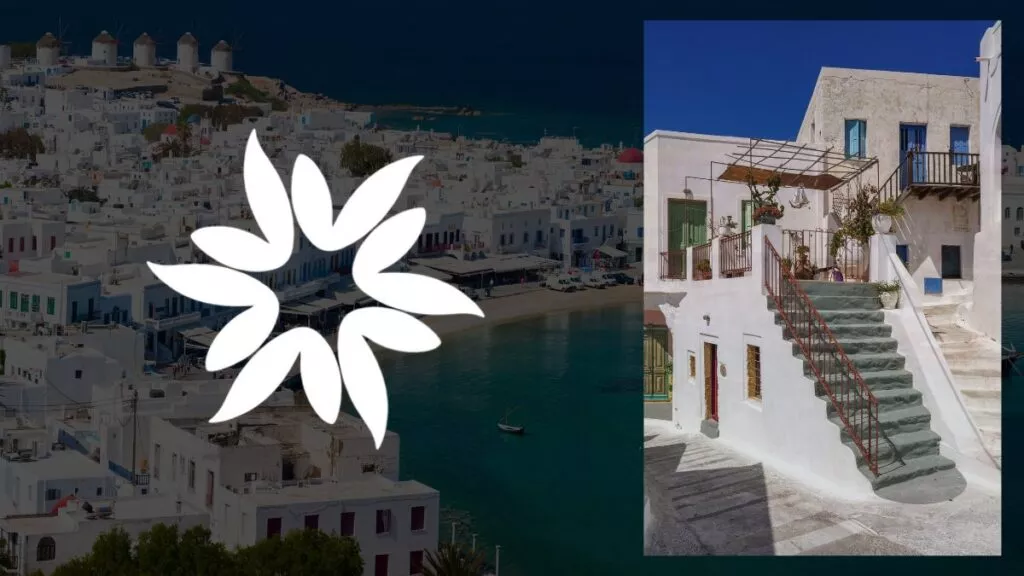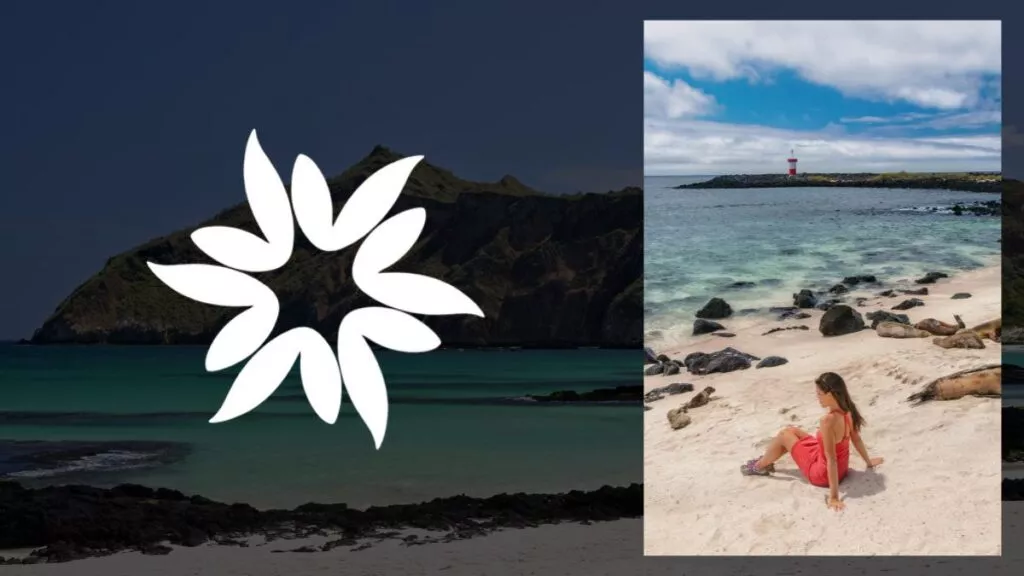Key Takeaways
- Hawaii is facing the challenge of over-tourism, with a significant influx of visitors straining the islands' infrastructure and causing issues like water and energy consumption, drought conditions, and an affordable housing crisis.
- The Covid-19 pandemic led to a shift in local sentiment, with many residents feeling that they had regained control of their islands. There is a growing call for continued controls on visitor numbers to prioritize the well-being of local communities.
- The Malama Hawaii initiative, aimed at encouraging visitors to give back to the community, was discussed at the Hawaii Leadership Forum. Some stakeholders questioned its effectiveness and impact on resident sentiment.
- The forum also explored the possibility of implementing a "green fee," charging visitors $50 to fund environmental conservation. However, doubts were raised about whether such a fee could effectively address the volume of tourists.
- A more radical approach, inspired by the Bhutan model, involves implementing a "green cap" on tourists by limiting the number of visitors allowed on the islands. This approach would aim to reduce strain on the islands' infrastructure.
- Balancing the needs of the local community with the economic importance of tourism is crucial in finding effective solutions to Hawaii's tourism challenges.
- The state needs to reassess its relationship with tourism and prioritize the community's well-being. A paradigm shift is necessary to achieve sustainable tourism in Hawaii.
Hawaii, renowned for its pristine beaches and warm aloha spirit, is grappling with a critical concern – over-tourism.
Last month’s Hawaii Leadership Forum, hosted by Travel Weekly at the Sheraton Waikiki, gathered a panel of stakeholders and decision-makers who deliberated on the pressing issues related to tourism in the island paradise.
The crux of the discussion was a paradigm shift from traditional marketing strategies to responsible destination management.
Over-Tourism: The Achilles Heel of Hawaii’s Economy
Tourism is a cornerstone of Hawaii’s economy, accounting for 21 percent of the state’s earnings. While Honolulu ranks as the seventh most-visited city in the United States, the islands’ infrastructure struggles to sustain the massive influx of visitors.
The discrepancy between the state’s modest population and the swarming tourists has led to a surge in water and energy consumption, exacerbating the state’s already severe drought conditions.
The excessive tourism has also fueled an affordable housing crisis. Rising property prices and the popularity of short-term vacation rentals have made housing increasingly inaccessible for local communities.
A Changing Local Sentiment
The advent of the Covid-19 pandemic and the subsequent restrictions on tourism led many locals to feel like they had “got their islands back”.
When tourism was reignited, calls for continued controls on visitor numbers resounded, underlining a shift in local sentiment towards tourism.
A 2022 survey found that two-thirds of Hawaii’s residents felt their island was being exploited for the benefit of tourists at their expense.
Tourism is a cornerstone of Hawaii’s economy, accounting for 21 percent of the state’s earnings. While Honolulu ranks as the seventh most-visited city in the United States, the islands’ infrastructure struggles to sustain the massive influx of visitors.

Rethinking the Approach: The Malama Hawaii Initiative and More
A key focus of the forum was the Malama Hawaii initiative, which encourages visitors to give back to the community.
Yet, the execution of the initiative has raised questions among some stakeholders about its effectiveness and impact on resident sentiment.
Another measure discussed was the implementation of a “green fee,” a $50 charge per visitor to fund environmental conservation.
While such a policy could generate significant revenue based on past tourism numbers, doubts were raised about its ability to curb the sheer volume of tourists.
Beyond Fee and Education: The Need for a “Green Cap”
Ultimately, the crux of Hawaii’s tourism problem lies in the sheer number of visitors the islands receive.
Despite well-meaning initiatives and fees, the strain on the islands’ infrastructure persists. A more radical approach is needed, possibly following the Bhutan model of implementing a “green cap” on tourists.
This would mean supplementing the proposed “green fee” with a limit on the number of tourists allowed on the islands, thereby reducing the strain on the islands’ infrastructure.
However, such a move raises concerns about the impact on the state’s economy and the livelihoods of those employed in the tourism industry.
Any effective solution will need to balance the needs of the local community with the economic importance of tourism.
Redefining Hawaii: Community First, Destination Second
As the state grapples with this complex issue, the words of Maui Mayor Michael Victorino resonate strongly: Hawaii must be viewed as “a community first and a vacation destination second”.
The state’s future sustainability hinges on a major reassessment of its relationship with tourism. Until such a shift occurs, potential visitors may need to reconsider their vacation plans.








